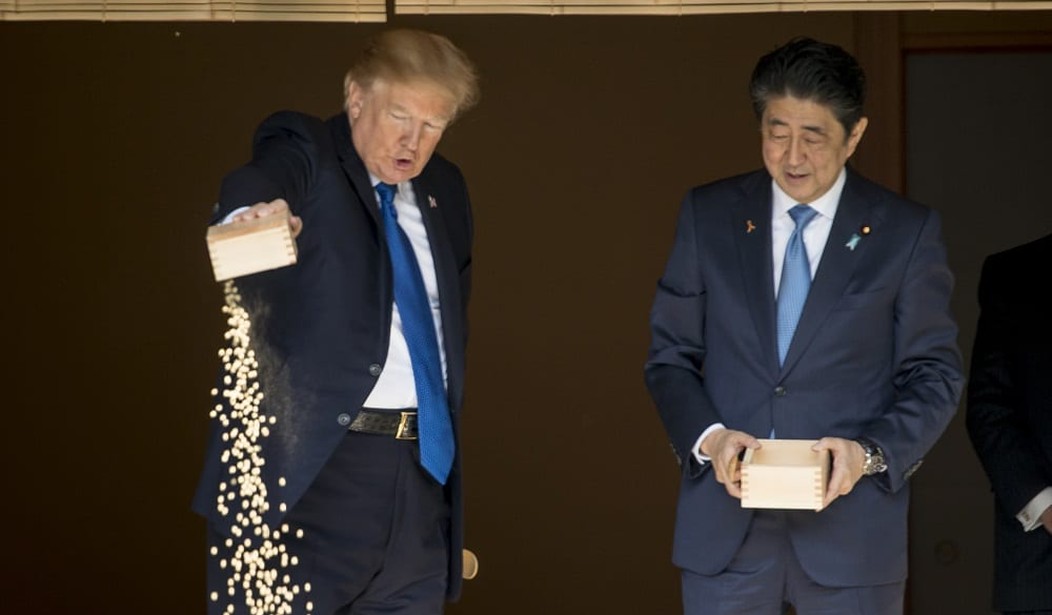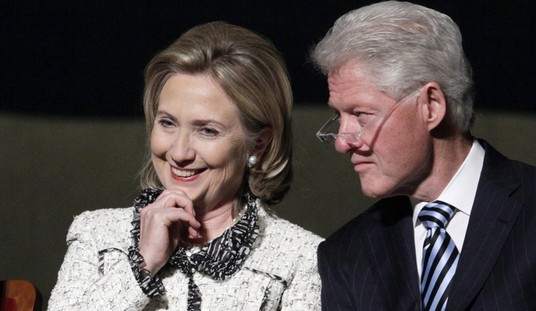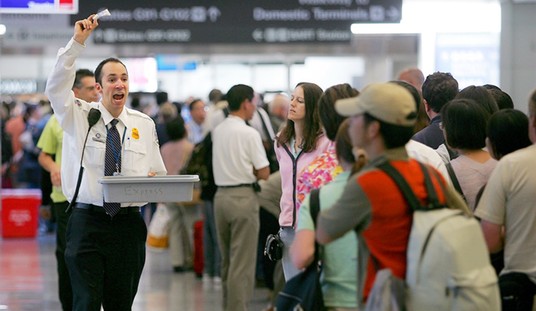It didn’t take long for the media to decide that the new trade direction coming from the Trump administration, bilateral deals as opposed to working within the Trans-Pacific Partnership, was never going to work.
President Donald Trump is likely to tout new business deals as he barnstorms through Asia this week, but his trip is highlighting a broader failure on the world stage: None of the countries he’s visiting wants to negotiate a two-way trade deal with the United States.
Trump and Chinese President Xi Jinping are expected to celebrate a number of new business agreements when the two leaders meet on Wednesday and Thursday, thanks to a delegation of nearly 30 American companies that Commerce Secretary Wilbur Ross has brought to Beijing. Xi could also announce progress in policy areas ranging from investment to drug approvals. Trump has also talked about making arms sales to South Korea and Japan.
But by pulling out of the 12-nation Trans-Pacific Partnership on his third day in office, Trump walked away from free trade deals with Japan, the world’s third largest economy, and from Vietnam, one of the fastest growing countries in the Asia-Pacific.
But then something remarkable happened: Trump managed to negotiate $250 billion in deals with China. Some of the details of those deals are outlined in the Philippine news outlet Inquirer.net:
Hu Weiwei, founder of bike-sharing company Mobike Technology Co, signed an agreement to buy polyurethane tires from the US company DowDuPont Inc. Liu Qiangdong, founder and CEO of the JD.com e-commerce company, agreed to buy beef from the state of Montana and will also purchase pork from the US via another agreement.
The China Chamber of Commerce of Foodstuffs and Native Produce signed an agreement with the US Soybean Export Council to import a large amount of soybeans.
Reignwood Star, a civil aviation company based in Beijing, agreed to buy helicopters from Bell Helicopter. Wang and Ross have maintained close exchanges — the vice-premier met with Ross in September in Beijing and they spoke on the phone last month in preparation for Trump’s visit.
The partnership was a baby of the Obama administration and was an attempt to establish a single market for those under the umbrella of the agreement, which included 11 countries in the Pacific; Canada, Mexico, and Chile. These countries represented 1/3 of worldwide trade, and the hope was they would socialize among themselves in an easier exchange of goods.
In addition, according to MSNBC News, there was one overarching goal of the agreement:
Specifically, the TPP’s largest goal was to maintain U.S. trade dominance in Asia, bringing the various trading partners under America’s wing as a way to ward off China’s growing economic influence, said MSNBC business correspondent Ali Velshi.
Trump has decided, it appears, to work with individual countries and, rather than trying to maintain dominance in Asia, give those nations the opportunity to strike deals with more autonomy and free from what would doubtless be restrictions imposed by the TPP.
Perhaps the media could give the approach a chance before deciding it’s a failure. Especially since it already seems to be working in China.














Join the conversation as a VIP Member